What's That Red Bird
Are you celebrating National Day by wearing red?
You are in good company. Here are six birds found across our island that have strikingly red features that are sure to catch the eye. See if you can spot them the next time you are out and about, enjoying the green spaces around us in this City in Nature.
Crimson Sunbird
Sunbirds are brightly coloured, sometimes with iridescent feathers. They also display sexual dimorphism, which means that the males and females have evolved different colouration. The males usually have distinct colouration.
This is the case with the Crimson Sunbird (Aethopyga siparaja). The male bird is strikingly red with dark grey under parts, a dark blue crown and tail as well as dark streaks on its face. On the other hand, the female bird has grey-olive upper parts, pale yellow under parts and black iris.
Besides nectar, the Crimson Sunbird also takes spiders and insects. Although it is common and widespread across Singapore, it may be difficult to spot because it seldom stays still long enough to allow a prolonged view. Try to spot it in our parks and gardens, along forest edges and in tall secondary woodlands.
Scarlet-backed Flowerpecker
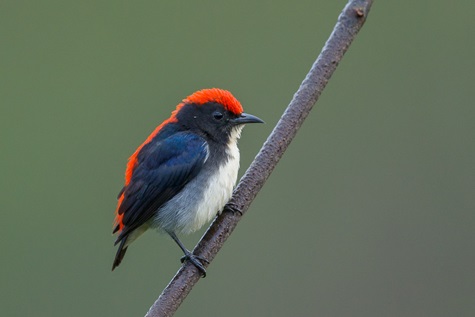
A common resident bird, the Scarlet-backed Flowerpecker (Dicaeum cruentatum) is a small but striking urban bird. The male is easily recognized by the scarlet crown that extends in a line down its nape and back to its rump. This feature contrasts sharply with its otherwise black face and glossy blue wings. The female has a generally drab grey-brown plumage but a prominent red rump.
Found in forest edges, gardens, scrub, parks and urban areas, we well as occasionally in mangroves, the Scarlet-backed Flowerpecker is one of five species of flowerpeckers found in Singapore and is the only urban-adapted species.
Its population appears to be increasing. This may be a result of the widespread planting of native plants such as the Singapore Rhododendron (Melastoma malabathricum) that provides extra food sources for the bird.
Red Junglefowl
Formerly restricted to wooden areas in Pulau Ubin and western Singapore, large roving flocks comprising a mix of domestic fowl and the Red Junglefowl (Gallus gallus) are now a common sight in many parts of the mainland.
While they resemble the domestic chicken, these wild-type roosters are best discerned by a combination of slate-grey legs, white rump and white ear-patch. The hens are uniformly dull brown with heavy streakings. This species is widely considered as the ancestor of the domestic chicken and its plumage colouration can vary greatly as a result of interbreeding with the domestic stock.
While the population of chickens has increased significantly in recent years, this species is classified as nationally Endangered. Conservation efforts are complicated by a lack of knowledge regarding the genetic provenance of the birds recorded across Singapore.
Brahminy Kite
At about 45 cm, the Brahminy Kite (Haliastur indus) is a medium-sized raptor found throughout Southeast Asia. A common resident in Singapore, it is also known as the Red-backed Kite and can often be seen soaring over urban areas, mangroves, grasslands as well as forests and parks. Adults are distinctive with their white head, nape and chest contrasting with a reddish brown-coloured body.
These birds are particularly conspicuous around freshwater and coastal wetlands. They are not averse to consuming dead organisms and therefore play an important role as scavengers in these ecosystems.
Common Flameback
The Common Flameback (Dinopium javanense) is the most commonly encountered woodpecker in Singapore. Both sexes have a striking golden-yellow back and wings with black-scaled white underparts and distinctive facial patterns comprising a black eye-stripe and a thin black moustache. However, it is only the males that have a crimson-red crest; the female has a black crest spotted with white.
Traditionally regarded as a bird of secondary forest and mangroves, it has proven to be highly adaptable and is now widespread across our island. In fact, the maturing of planted trees throughout Singapore appears to be benefitting this species, providing additional foraging and nesting resources.
Look for the Common Flameback, particularly during breeding season in April, in areas such as Pasir Ris Park, Coney Island Park and Sungei Buloh Wetland Reserve.
Red-legged Crake
The Red-legged Crake (Rallina fasciata) is an uncommon resident and winter visitor that measures about 25 cm. It can be identified through its reddish-brown plumage, black underparts with white bands, and red legs.
It can be found in wet forested areas of Bukit Timah and Central Catchment Nature Reserves, as well as in Sungei Buloh Wetland Reserve. You may also spot it occasionally alongside its fluffy black chicks or even calmly feeding on the ground along ditches and streams in the Singapore Botanic Gardens.
Learning More About Our City In Nature
Want to find out more about identifying garden birds? Learn more about our common birds through our interactive e-learning module, accessible via Internet Explorer or Mozilla Firefox browser.
Over the years, NParks has created a green network comprising roadside planting and a Park Connector Network that links up parks and other green spaces. Skyrise greenery dot developments while biophilic design has been adopted in restoring habitats.
But as Singapore continues to urbanise, the growing infrastructure will put increasing pressure on the established green cover. Coupled with climate change and more extreme weather conditions, this will result in higher urban temperatures and the increased risks of localised flooding events. Our City in Nature vision works to ensure the city develops in a way that continues to provide a high-quality living environment for residents while ensuring Singapore remains a distinctive global city.
Learn more about City in Nature here.
Visiting Our Green Spaces
If you are visiting our green spaces, mask-wearing in outdoor settings such as parks, gardens and nature reserves is optional but continues to be required when you visit our indoor facilities, such as museums, galleries and enclosed visitor centres.
Do check out the visitorship levels of our parks using our safe distancing portal before you head down and avoid the ones with high visitorship.
Visit NParksSG, our refreshed YouTube Channel that serves as a one-stop repository for more than 500 video resources. It also provides a platform for existing and future digital outreach including DIY gardening and related crafts, virtual tours of our green spaces, and livestream events.
For more information about the flora and fauna found in Singapore, please visit NParks Flora and Fauna Web.
If you like what you read, follow us on Facebook, Instagram and Telegram to get the latest updates.
Photos by Francis Yap


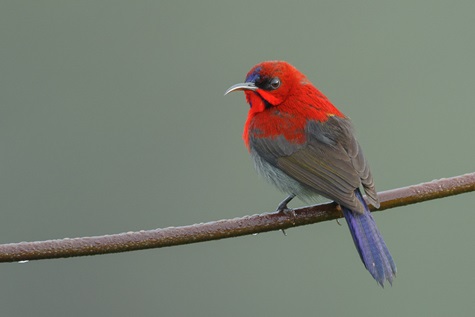
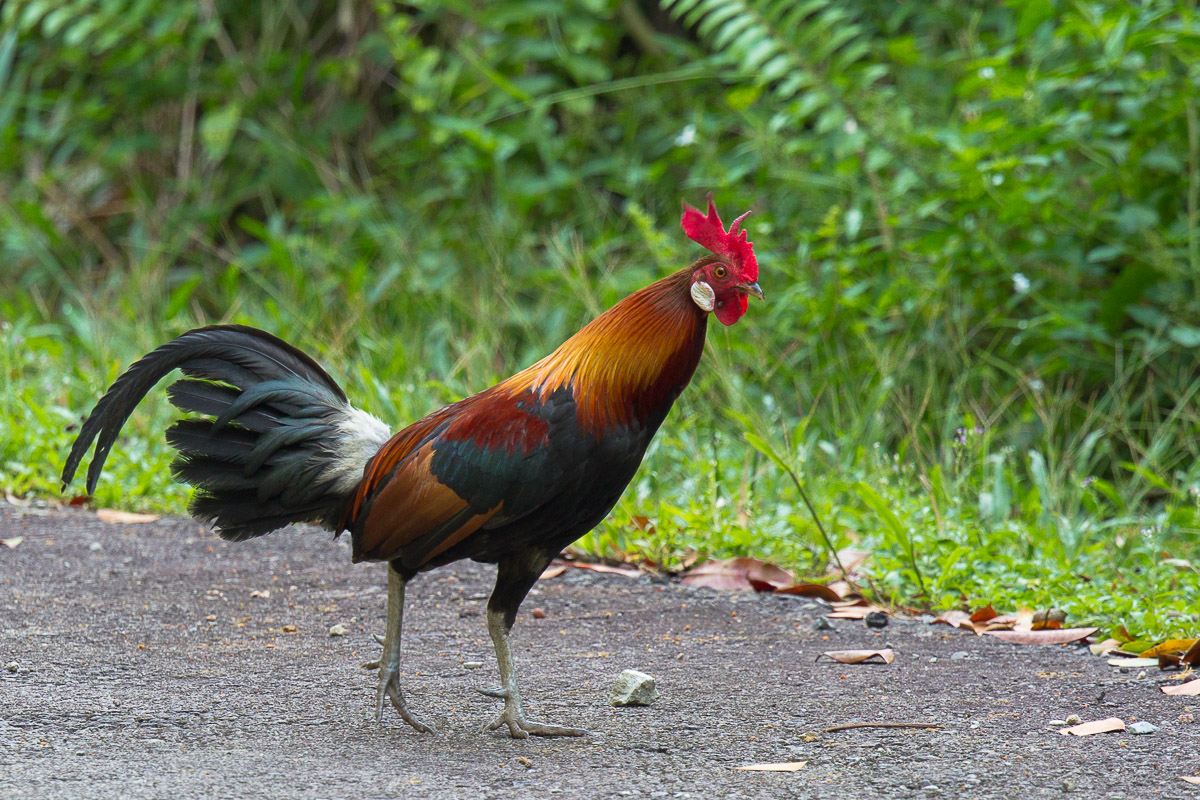
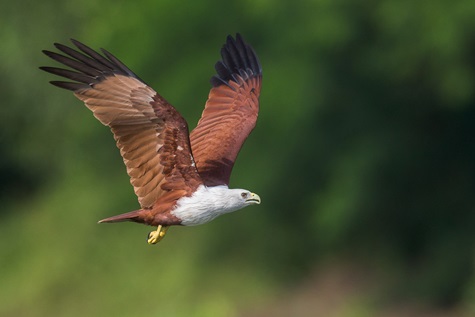
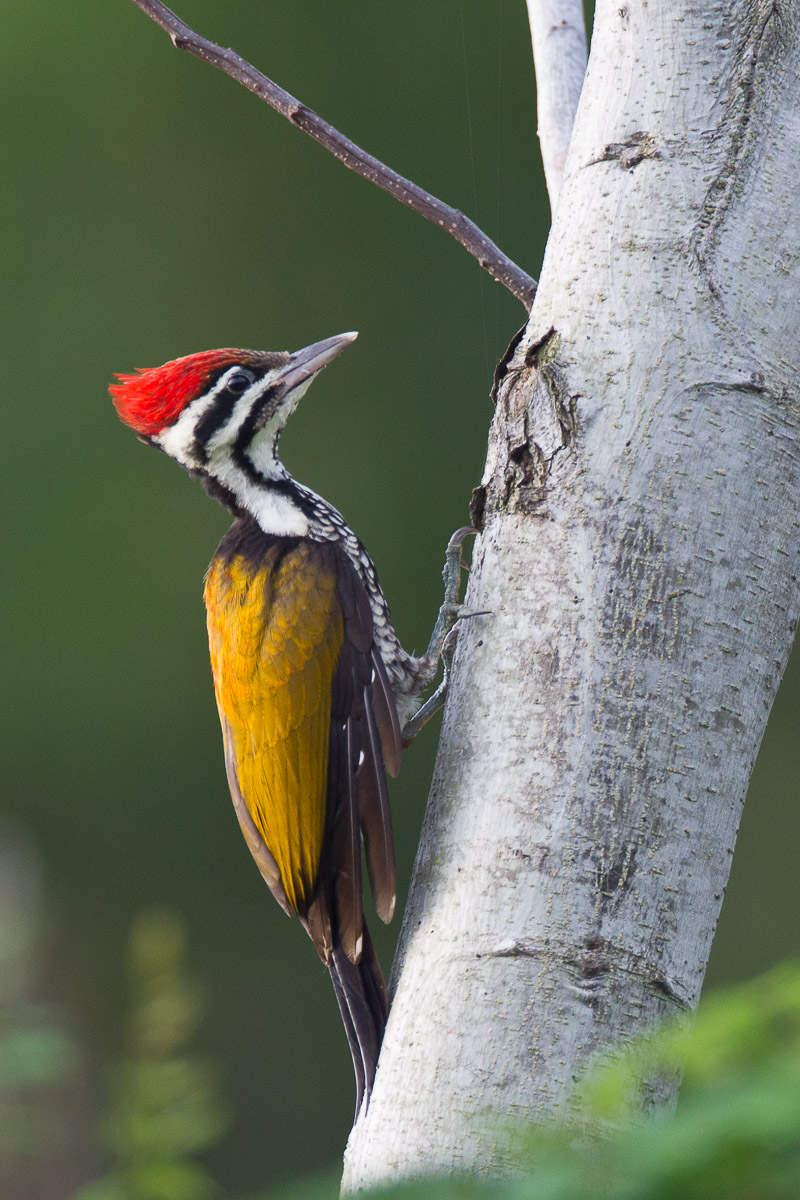
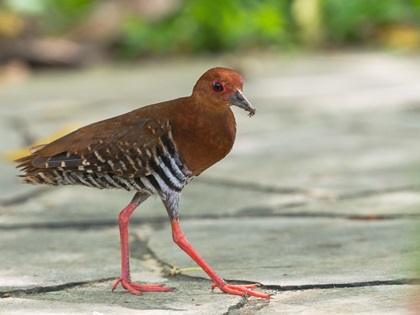
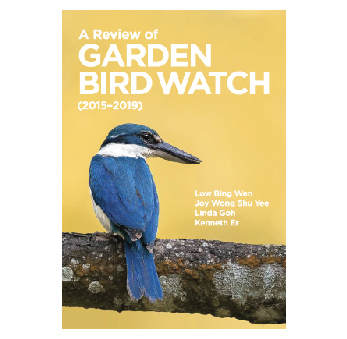
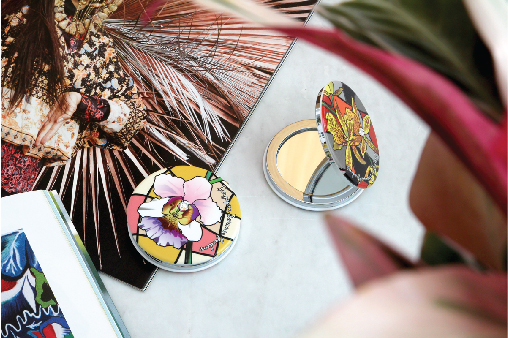
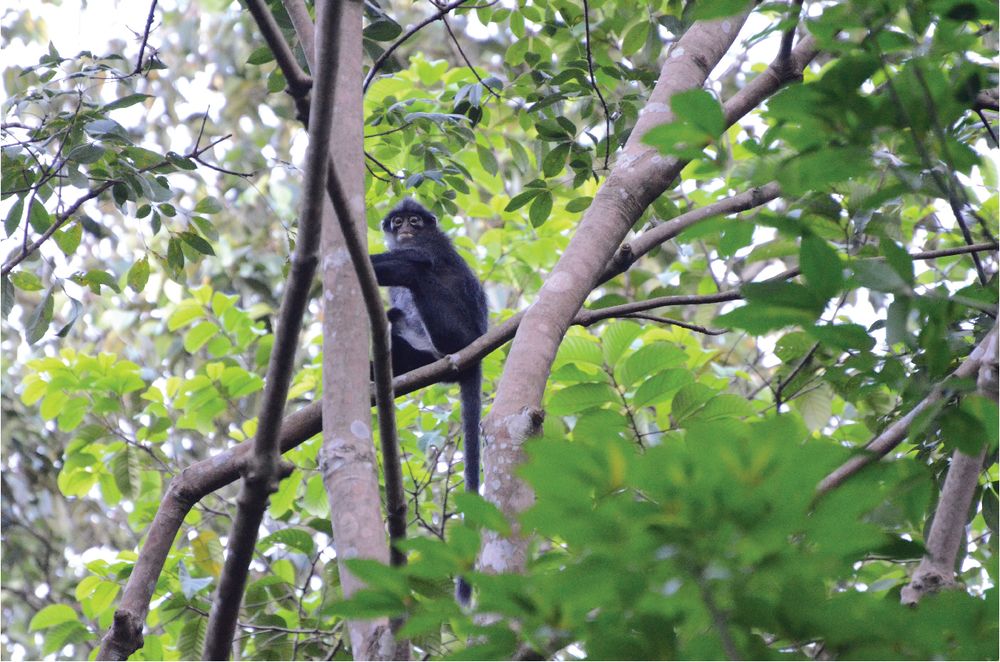
Have views or comments on this article? Let us know via this form. If you would like to give us feedback on any other areas relating to our parks and gardens, please submit via https://www.nparks.gov.sg/feedback